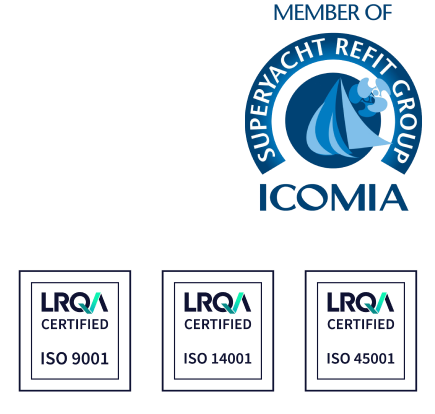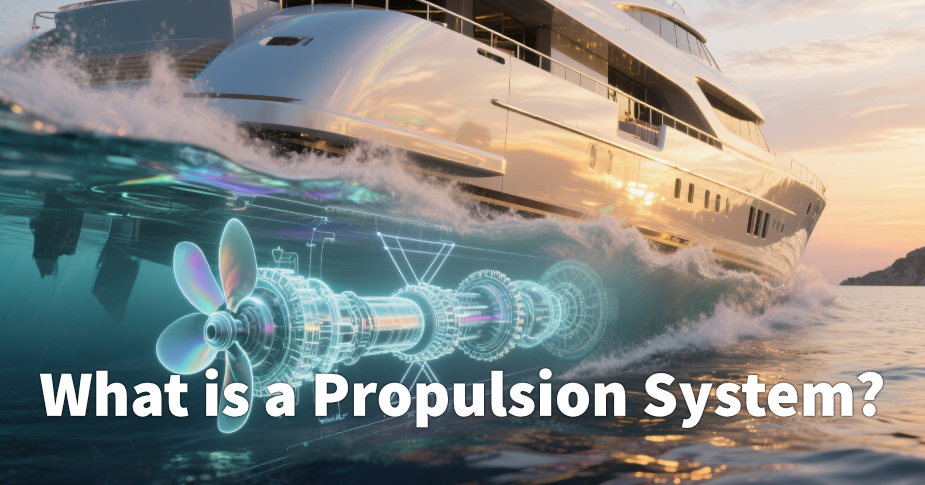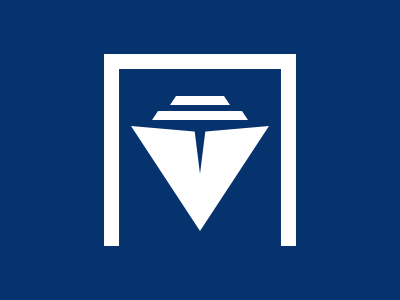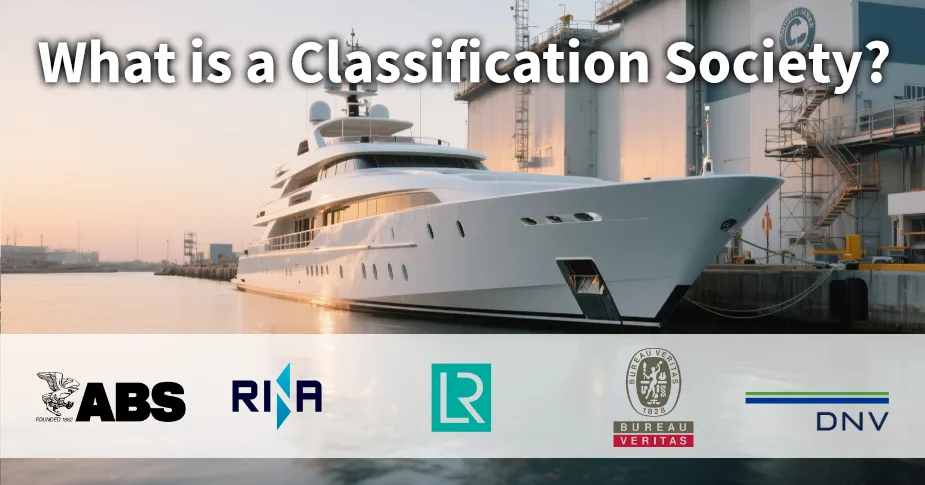If you’ve ever watched a superyacht glide effortlessly across the water and found yourself wondering what makes that possible, you’re not alone. Whether you’re just getting into the yachting world or you’ve been working around boats for years, the propulsion system is something you’ve likely heard of but may not fully understand. And yet, it’s one of the most essential components of any yacht, large or small. Without it, even the most beautifully designed vessel is just an expensive floating sculpture.
So, let’s unpack what a propulsion system actually is, why it matters, and what you should know if you’re serious about yachts.
What is a Propulsion System?
In simple terms, a propulsion system is the mechanism that moves a vessel through the water. Think of it as the yacht’s equivalent of an engine and drivetrain in a car. It converts power (usually from a fuel-burning engine or electric motor) into movement, pushing the yacht forward, backward, or even side-to-side depending on the setup.
But unlike a car, where you only deal with friction between tires and the road, yachts move through a dense and ever-changing medium: water. That makes yacht propulsion both a science and an art, with engineering solutions tailored to different vessel sizes, speeds, and missions.
At its core, a propulsion system usually includes:
-
Main engine(s): The power source. These can be diesel, electric, hybrid, or even gas turbines in rare high-performance cases.
-
Transmission: Transfers power from the engine to the propeller shaft.
-
Propeller or jet: The component that physically pushes the water to create thrust.
There are multiple types of propulsion systems, and each has its own advantages depending on the yacht’s size, range, and intended use.
Types of Yacht Propulsion Systems
1. Shaft Drive (Conventional Propulsion):
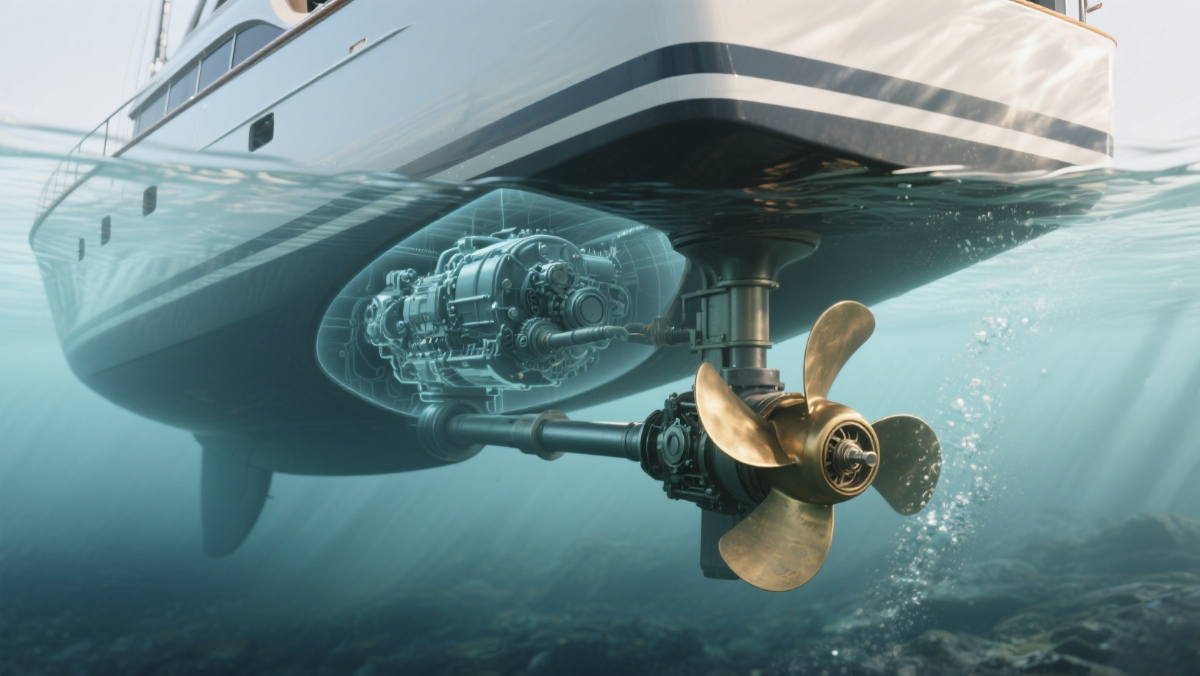
This is the most traditional and widely used system. It involves a diesel engine connected via a gearbox to a shaft that spins a propeller. Reliable and relatively simple, this system is still very common on many sailing and motor yachts.
2. Pod Drives (like Volvo Penta IPS or Zeus Pods):
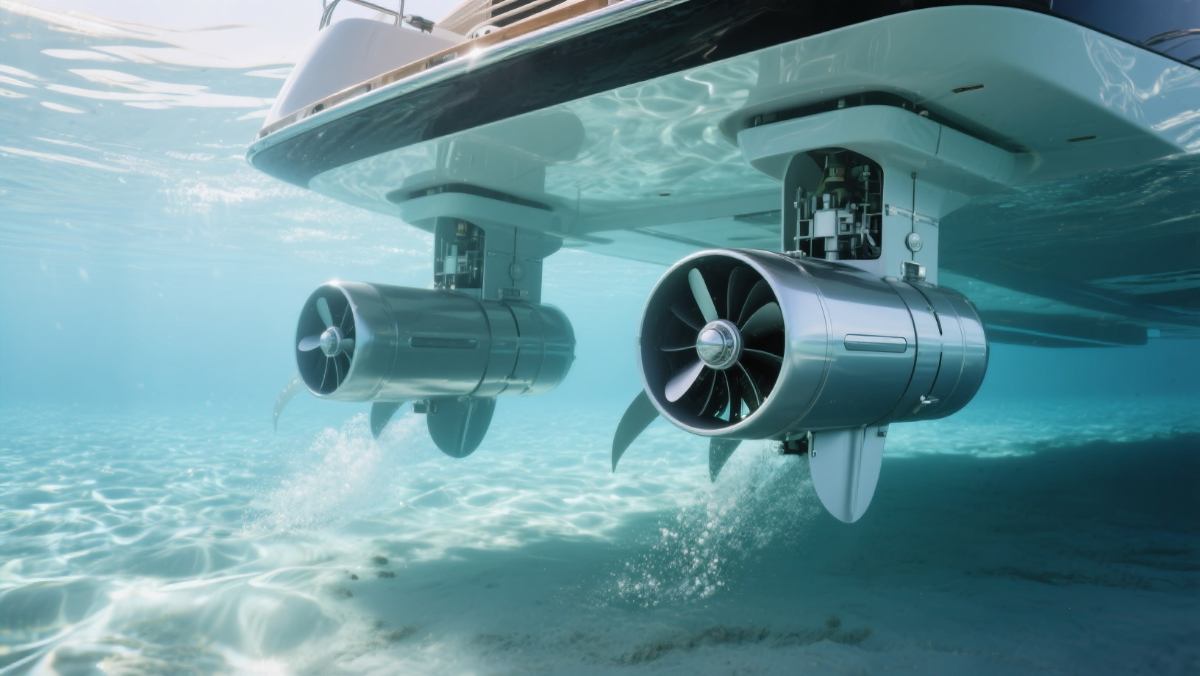
These are more modern and are praised for their efficiency and maneuverability. Instead of a fixed propeller shaft, pods are steerable underwater units that combine propulsion and steering. They offer joystick control, which is especially helpful in tight marinas.
3. Jet Drives:

Instead of a propeller, jet drives use an impeller to draw water in and shoot it out at high pressure. They’re common in smaller or high-speed vessels and are appreciated for their shallow draft and reduced risk to swimmers and marine life.
4. Hybrid and Electric Systems:
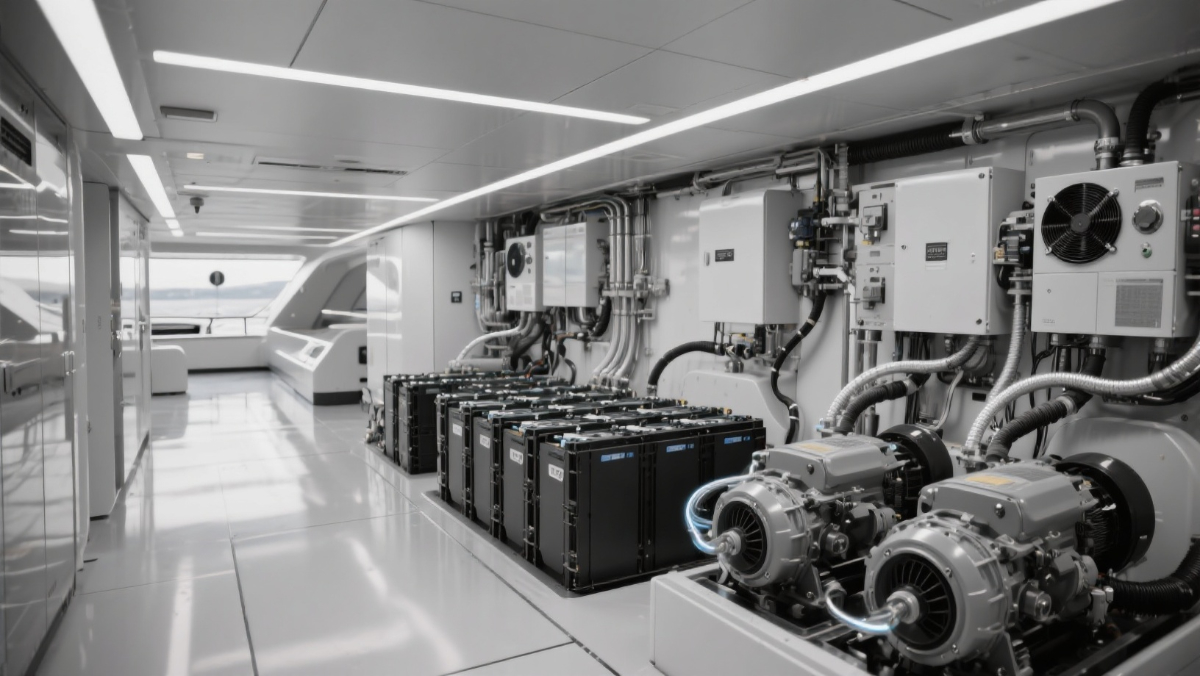
These are growing fast in popularity, especially in the superyacht sector. They offer quieter operation, lower emissions, and better fuel efficiency. Hybrid systems combine traditional engines with electric motors, allowing flexible power management.
What People Often Get Confused About
People often assume that a propulsion system is just the engine, but that’s only part of the story. The engine generates the power, but propulsion is the entire system that gets the yacht moving, from power generation to thrust output. It’s also easy to confuse propulsion types with control systems. For instance, joystick maneuvering is a control interface that can be used with various propulsion systems, not a propulsion type itself.
How Does It Actually Work?
Let’s break down a typical example: a twin-shaft diesel propulsion setup.
-
The diesel engine starts and spins a crankshaft.
-
Power travels through a gearbox to adjust rotation speed and direction.
-
A shaft carries that power through the hull to the propeller.
-
As the propeller spins, it pushes water backward, which in turn propels the yacht forward thanks to Newton’s third law.
-
Steering is handled by rudders or by altering the thrust direction in more advanced systems like pods or jets.
It’s a delicate balance of mechanics, fluid dynamics, and control systems. And when it’s all working properly, you hardly notice it at all, the yacht just moves like it’s meant to.
The propulsion system is the beating heart of any yacht. It’s what turns a floating structure into a mobile experience. Whether you’re cruising through the Mediterranean or maneuvering into a tight slip in Monaco, the propulsion system is behind every movement, every journey, every adventure.
FAQs about Yacht Propulsion Systems
How do I know which propulsion system is best for my yacht?
It depends on your yacht’s size, how you plan to use it, and what kind of performance you want. For long-distance cruising, traditional shaft drives might be ideal. If you prioritize maneuverability in marinas, pod drives with joystick controls could be worth considering. Hybrid or electric options are great if you’re focused on efficiency and lower emissions.
Are pod drives harder or more expensive to maintain than shaft drives?
Generally, yes. Pod drives are more complex and require specialized maintenance, especially below the waterline. However, many owners find the benefits in fuel savings, handling, and docking ease to be well worth the trade-off.
What’s the difference between a propulsion system and a steering system?
The propulsion system moves the yacht forward or backward, while the steering system controls direction. In traditional setups, rudders handle steering. But in systems like pods or jets, steering and propulsion are integrated, which can confuse people at first.
Can I upgrade an older yacht to a more modern propulsion system?
In many cases, yes — but it’s not a minor project. Upgrading from a shaft system to pods or hybrid-electric requires major changes to the hull, engine room layout, and control systems. It’s usually done during a full refit and should be carefully evaluated by marine engineers.
Do electric or hybrid propulsion systems work well for large yachts?
They’re becoming increasingly common on superyachts. While pure electric is still limited by battery capacity, hybrid systems offer a smart mix of power sources, reducing noise and fuel usage. They’re especially valuable for operations near ports or in eco-sensitive waters.
Are jet drives safe for swimming and water sports?
Yes, one of their perks is that there are no exposed propeller blades, making them safer for swimmers or towing toys. They also perform well in shallow waters, which is a bonus for coastal cruising.
Will using a joystick with a pod system make docking foolproof?
Not exactly foolproof, but definitely easier. Joystick systems dramatically reduce the learning curve, letting you control the yacht’s movement in all directions with a single hand. It’s still important to understand how your specific system behaves in different conditions.
How much of a difference does the propulsion system make in fuel efficiency?
Quite a bit. Pod drives, for example, are often 20 to 30 percent more fuel-efficient than traditional shaft drives. Efficient hull design also plays a role, but a modern propulsion system can significantly reduce operating costs over time.

